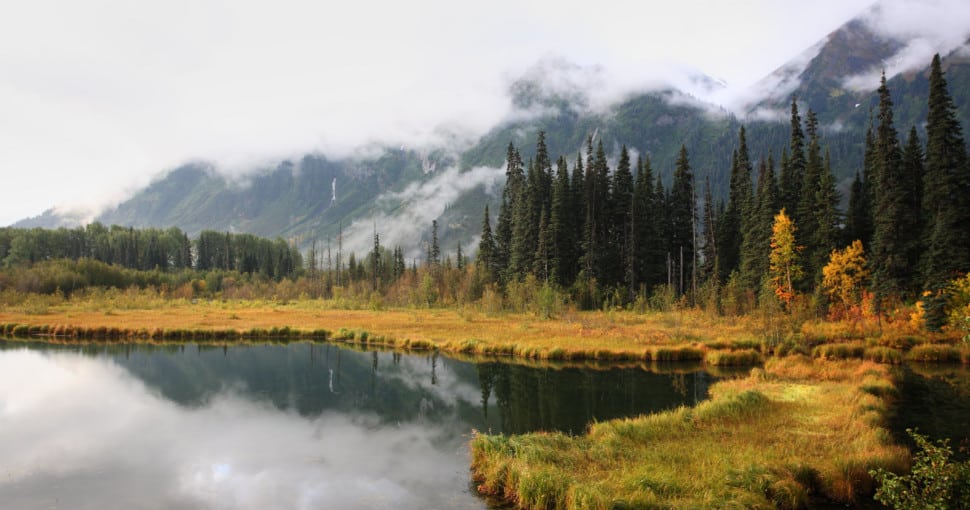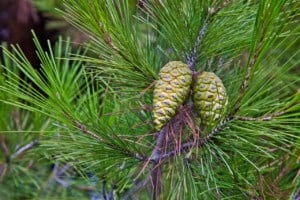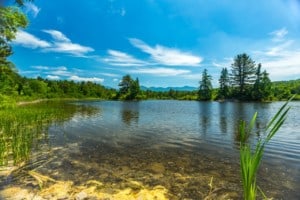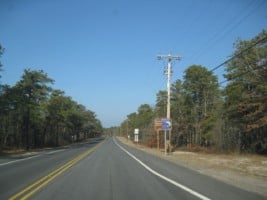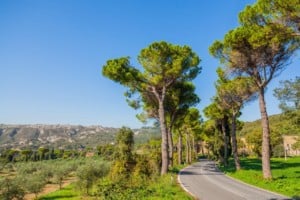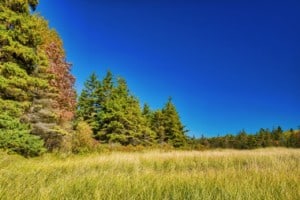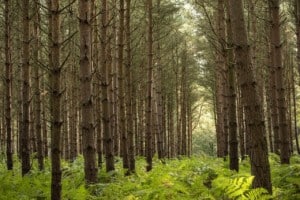People in British Columbia hold a deep appreciation for nature and the beauty it offers. From scenic landscapes to evergreen parks and the ever-present chirping of birds, British Columbia is known for its diverse wildlife. Among this wildlife is the pine tree, and today we’ll learn more about all of its species found in this region!
Contents
The British Columbian vegetation ranges from dry interior lands that are lush and grassy to wet coastal forests that go on for miles on end. You will even find sea-level salt marshes that host a stunning diversity of wildlife species. This region hosts more than 40 native tree species, making the forests an economic and cultural hub of the area.
It has life-sustaining and sacred trees like the cedar Golden Spruce and a rich history consisting of tales of lumberjacks residing among the towering evergreens. The forests of British Columbia, Canada have even played a role in feeding the military during the war and given rise to several lumber towns.
Forestry is a huge part of the province’s economy, with one in every five jobs being related to lumber work. Furthermore, employment in this industry continues to grow at a steady rate of 1.7%. With these statistics, you would think most of the province was covered with trees. This isn’t true, though! Only 60% of British Columbia is covered with forestry, which amounts to around 55 million hectares out of the total 95 million hectares. 3% of these forests have now been turned into towns and used in agricultural efforts. However, there is still quite a lot of land in British Columbia hosting different types of pine trees. Let’s learn about them all today!
1. Western White Pine (Pinus monticola)
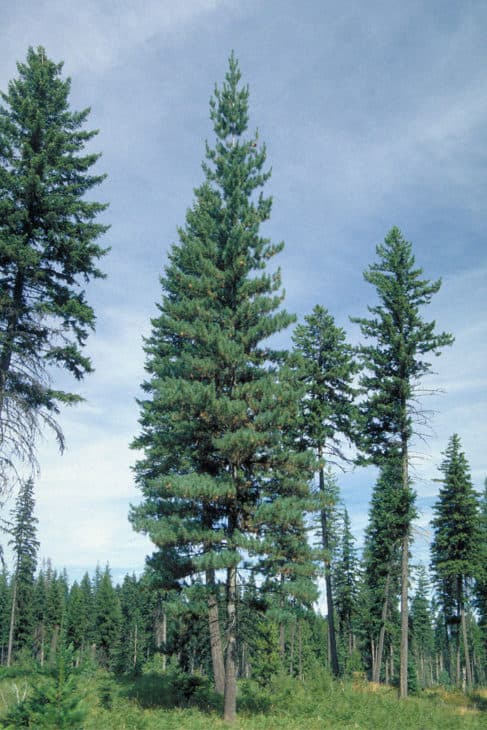
The Western White pine is also called the silver pine among the locals. The trees stand up to 60 meters tall and usually grow in closed groups. You will notice a short, open-looking crown with needles occurring in bunches of 5. The needles are 5-10 centimeters long and quite soft to touch. On the other hand, the seed cones of the Western White pine are cylindrical, and they have tiny wings about 3 centimeters long.
2. Lodgepole Pine (Pinus contorta)
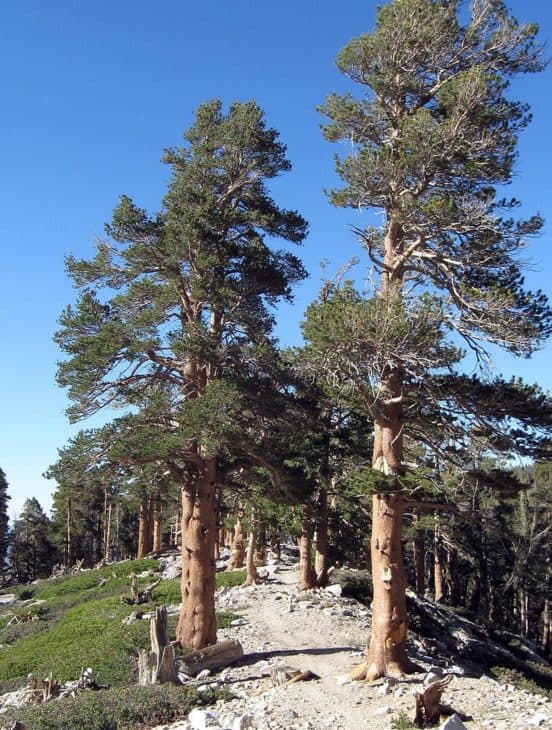
Considered one of the most adaptable pine species, the Lodgepole pine can easily grow in all sorts of environments. Whether it is a dry, sandy desert or a water-logged bog, the Lodgepole pine is sure to not only survive but readily thrive. Its needles occur in pairs and are quite sharp, ranging from 1.2 to 2.4 inches long. You will also notice the bark being quite thin and scale, colored in a rusty brown-orange shade.
3. Ponderosa Pine (Pinus ponderosa)
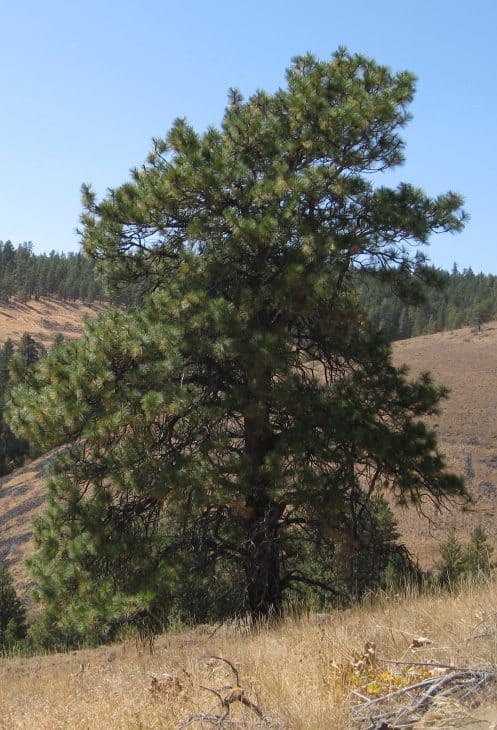
Also called the Bull pine and Western yellow pine, the Ponderosa pine is easily recognized by the thick, straight trunks that reach over 60 meters in height. This heavy wood is the main lumber tree in the British Columbian region, growing well on dry, water-drained areas. They much prefer exposed slopes and plateaus to thrive on and have 4-8 inches long needles, occurring in pairs of 3.
4. Whitebark Pine (Pinus albicaulis)
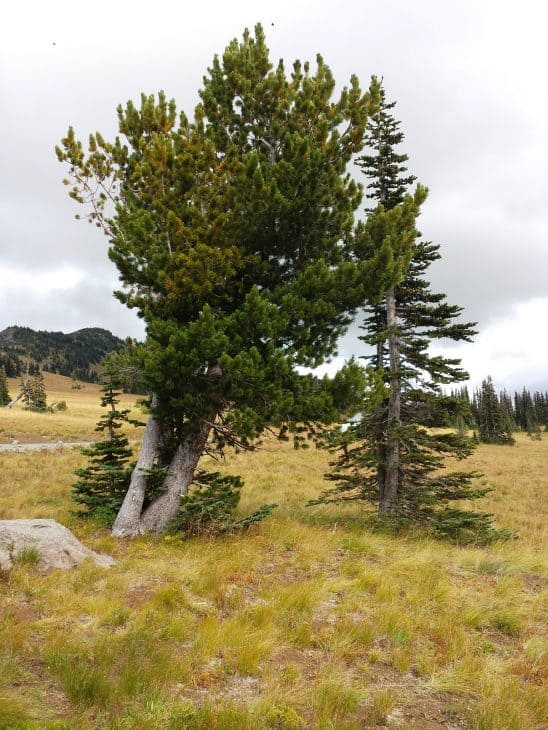
The Whitebark pine is usually the highest elevation pine found in the mountain ranges of British Columbia; hence it is used to mark the timberline. When given proper nutrients, the Whitebark pine can easily grow up to 18 meters. It has needles in bunches of 5, and they are long and thin, often appearing in a bluish shade. Moreover, the bark is light gray, with rope-like flexible twigs.
5. Jack Pine (Pinus banksiana)
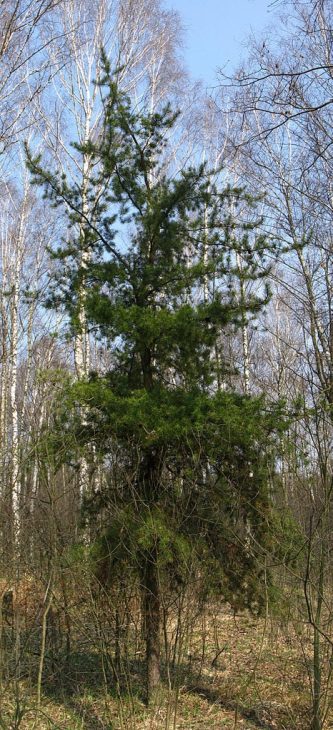
The Jack pine is a native to Canada, found at heights of 22 meters. These trees usually don’t grow straight, instead of having irregular shapes on the rocky, sandy soil. The Jack pine cones are 3 to 5 cm long, with small, fragile scales that wear off as the tree reaches maturity. The cones are serotinous, only opening when exposed to the intense heat of temperatures higher than 81*F.
6. Shore Pine (Pinus contorta)
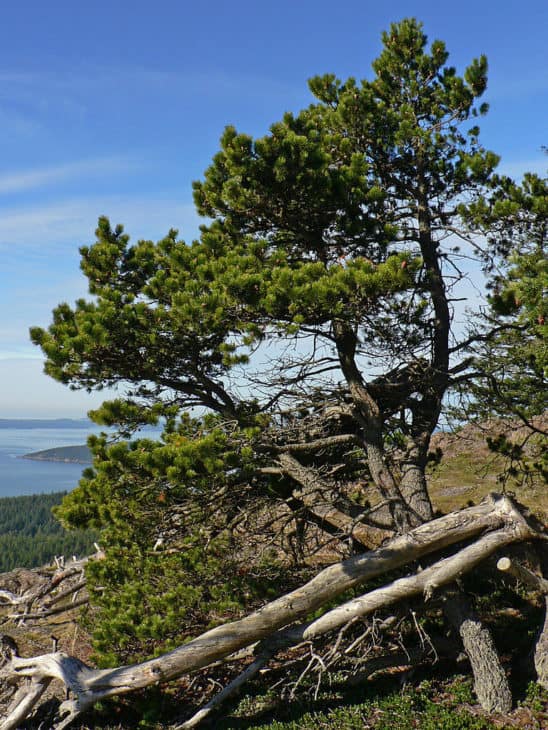
You may have heard of the Shore pine as the Lodgepole pine and even twisted pine. It is pretty common in British Columbian forests and grows up to 33 meters in height. This species is called contorta due to the twisted, bent pines and needles. The needles are dark and shiny, with pointy edges around 8 cm long.
7. Limber Pine (Pinus flexilis)
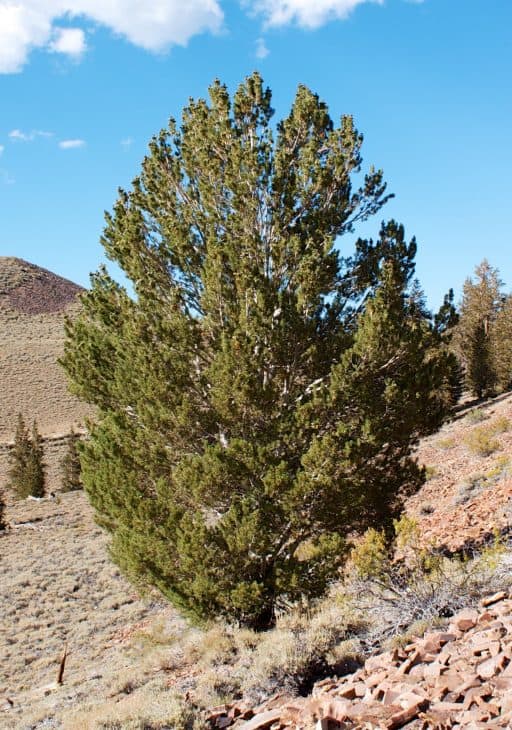
The Limber pine, also called the Rocky Mountain White pine, is over 26 meters tall; however, mature trees on exposed treeline sites only reach heights of 10 meters. This pine has been documented to be over 2000 years old and is quite common in the southeastern region of British Columbia. It is a slow-growing, long-lived tree that can take hundreds of years to reach maturity.

